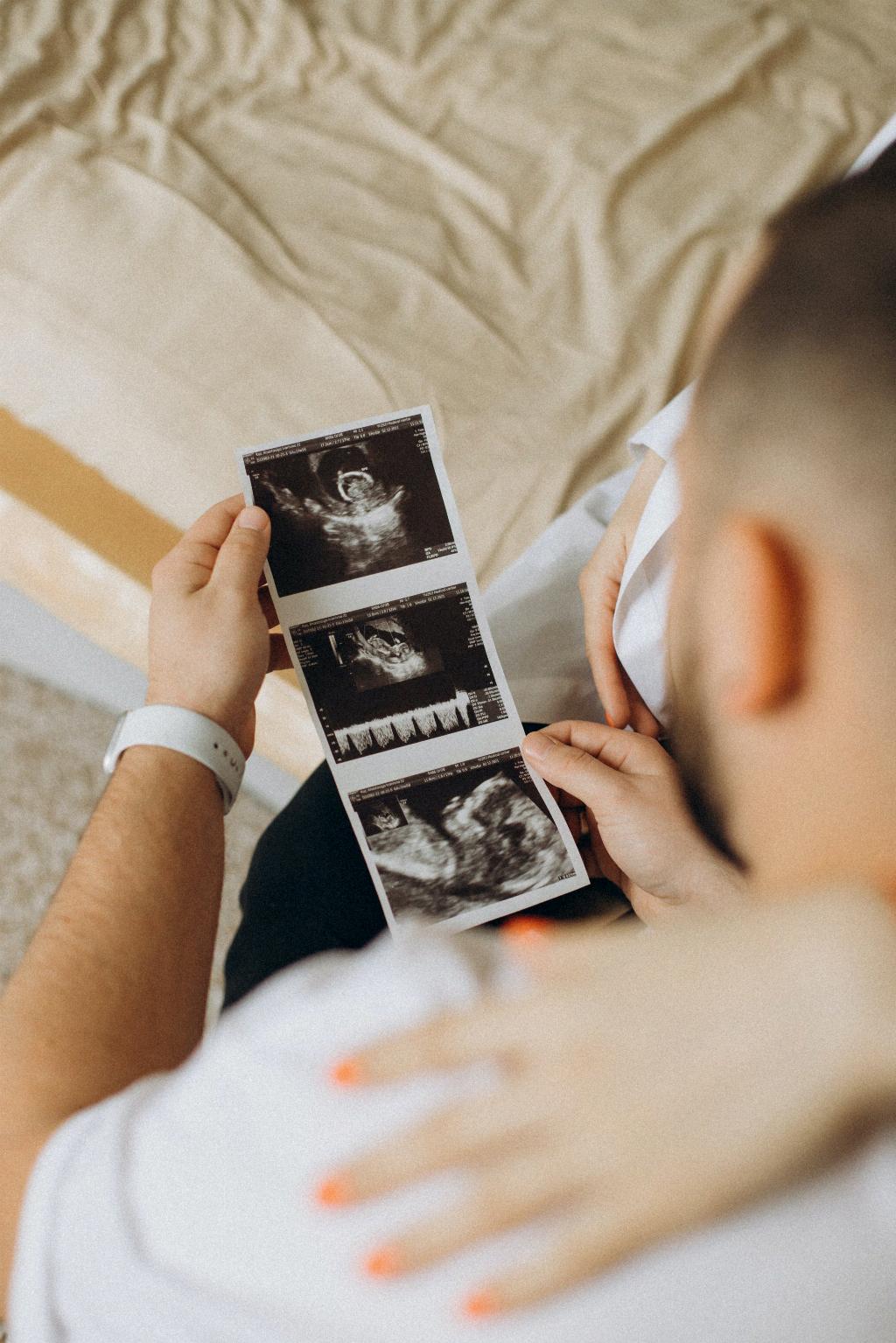After giving birth, it is essential to be aware of any symptoms or signs that may indicate the presence of pulmonary edema. Pulmonary edema is a serious condition that requires immediate medical attention to prevent complications.
One of the key symptoms of pulmonary edema after giving birth is sudden shortness of breath. This symptom should not be taken lightly, especially if it occurs unexpectedly or worsens rapidly. Shortness of breath can be a sign of fluid buildup in the lungs, making it difficult to breathe comfortably.
If you experience trouble breathing or a feeling of suffocating, known as dyspnea, after giving birth, it could indicate the presence of pulmonary edema. Dyspnea can be a frightening sensation, as if you are struggling to get enough air into your lungs. This symptom should prompt immediate medical attention.
Other common symptoms of pulmonary edema after giving birth may include coughing that produces pink, frothy sputum. This type of cough can be a result of fluid leaking into the air sacs of the lungs, leading to the production of this distinctive sputum. It is a concerning symptom that should not be ignored.
Feeling fatigued, weak, or lightheaded after giving birth can also be potential indicators of pulmonary edema. The reduced oxygen levels in the bloodstream due to fluid accumulation in the lungs can lead to these feelings of weakness and lightheadedness.
Rapid or irregular heartbeat, also known as palpitations, can be a symptom of pulmonary edema after giving birth. The heart may be working harder to compensate for the decreased oxygen levels in the bloodstream, leading to this abnormal heart rhythm.
Experiencing a cold, clammy, or pale skin after giving birth may be a sign of inadequate oxygenation due to pulmonary edema. The body’s response to the lack of oxygen can manifest in changes to the skin’s appearance and texture.
Swelling in the ankles, legs, or abdomen, known as edema, can occur with pulmonary edema after giving birth. This swelling is often a result of fluid retention in the body, which can be a consequence of the heart’s inability to pump effectively due to the presence of fluid in the lungs.
Chest pain or pressure that worsens with breathing or coughing can be a concerning symptom of pulmonary edema after giving birth. This chest discomfort may be sharp or dull and should never be ignored, as it could indicate a serious condition.
Feeling anxious, restless, or confused after giving birth may be attributed to the decreased oxygen levels in the bloodstream caused by pulmonary edema. These mental and emotional symptoms can accompany the physical manifestations of the condition.
Difficulty lying flat or feeling the need to sit or stand up to breathe comfortably can be a sign of pulmonary edema after giving birth. This orthopnea, or difficulty breathing when lying down, is a classic symptom of heart failure, including pulmonary edema.
In conclusion, being vigilant about recognizing potential symptoms of pulmonary edema after giving birth is crucial for early detection and intervention. Prompt medical evaluation is essential if you experience any of these symptoms to ensure appropriate management and prevent complications associated with this serious condition.

